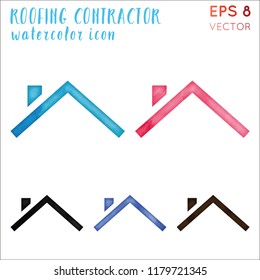Figure Out Just How Seasonal Variables Affect Industrial Outside Painting Success And Uncover The Most Effective Times To Make Sure Long-Term Outcomes For Your Project
Figure Out Just How Seasonal Variables Affect Industrial Outside Painting Success And Uncover The Most Effective Times To Make Sure Long-Term Outcomes For Your Project
Blog Article
Authored By-Doherty Browne
When you're intending a commercial outside paint project, seasonal aspects can make or break your results. You'll intend to think about exactly how temperature level and humidity influence paint application and drying times. Choosing the appropriate period can ensure your paint sticks properly and lasts much longer. But which seasons are truly the very best for this sort of work? Allow's explore the crucial elements that can influence your project's success.
The Impact of Temperature Level on Paint Application
When you're intending a business outside paint task, the temperature level can considerably affect exactly how well the paint sticks and dries.
Ideally, you intend to paint when temperature levels vary between 50 ° F and 85 ° F. If it's also chilly, the paint might not heal correctly, leading to concerns like peeling off or cracking.
On the other side, if it's also hot, the paint can dry also rapidly, avoiding correct attachment and causing an uneven coating.
You should likewise consider the time of day; early morning or late afternoon provides cooler temperatures, which can be extra desirable.
Constantly examine ceiling painting company twin cities for the particular paint you're utilizing, as they often supply advice on the optimal temperature range for optimum outcomes.
Humidity and Its Result on Drying Times
Temperature level isn't the only environmental element that affects your commercial exterior paint project; humidity plays a significant duty as well. High moisture levels can slow down drying out times dramatically, influencing the total high quality of your paint job.
When the air is saturated with dampness, the paint takes longer to heal, which can cause issues like poor adhesion and a higher threat of mildew development. If you're painting on a specifically damp day, be planned for extended delay times in between coats.
It's essential to keep track of neighborhood climate condition and plan as necessary. Ideally, aim for humidity levels in between 40% and 70% for ideal drying out.
Maintaining these factors in mind guarantees your project remains on track and delivers a lasting coating.
Best Seasons for Commercial Outside Painting Projects
What's the best time of year for your industrial outside painting projects?
Springtime and very early autumn are commonly your best bets. Throughout these seasons, temperatures are moderate, and humidity levels are commonly lower, developing excellent conditions for paint application and drying.
Stay clear of summer season's intense heat, which can cause paint to dry also swiftly, causing inadequate adhesion and finish. Similarly, visit this page can impede correct drying out and curing, taking the chance of the durability of your paint work.
Go for days with temperature levels in between 50 ° F and 85 ° F for optimum outcomes. Bear in mind to check the regional weather report for rainfall, as damp problems can destroy your job.
Planning around these factors ensures your paint project runs smoothly and lasts much longer.
Final thought
Finally, preparing your industrial external paint projects around seasonal considerations can make a considerable difference in the end result. By organizing job throughout the suitable temperatures and humidity levels, you'll make sure better adhesion and drying times. Keep in https://www.irishexaminer.com/property/homeandgardens/arid-40802310.html to watch on neighborhood weather report and select the right time of year-- spring and early loss are your best options. Taking these actions will help you attain a long lasting and professional finish that lasts.
